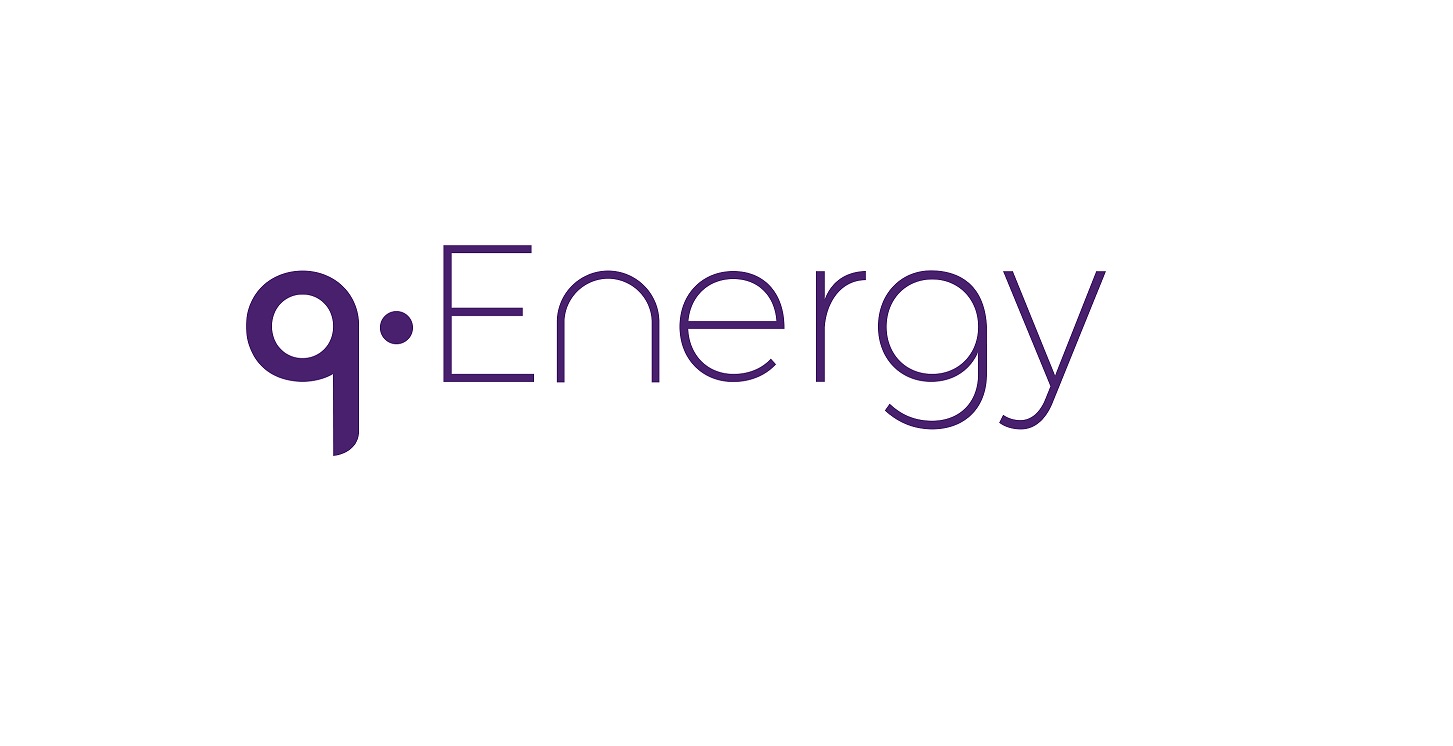
The UK's energy market is undergoing a seismic shift, and Small and Medium Enterprises (SMEs) are in the eye of the storm. With the government's 2050 deadline for net zero carbon emissions fast approaching, businesses are under increasing pressure to adapt to a rapidly changing energy landscape.
Regulatory Pressures
SMEs are increasingly feeling the weight of regulatory demands. The Streamlined Energy and Carbon Reporting (SECR) initiative mandates large companies to report their carbon emissions, indirectly enforcing strict net zero targets upon SMEs in their supply chains. Moreover, securing government contracts worth over £5 million now requires a robust carbon reduction plan, adding another layer of compliance for SMEs.
The Harsh Reality of Green Tariffs
A critical aspect of this transition is the adoption of green tariffs. However, many of these tariffs are not as green as they claim. Ofgem's scrutiny reveals that most are backed by REGO certificates, not directly by renewable generation PPAs with solar and wind farms. This misleading scenario complicates SMEs' efforts to genuinely contribute to the UK's net zero goal.
The Disproportionate Cost Burden on SMEs
For SMEs, the challenge is exacerbated by the disproportionate cost of electricity. Alarmingly, SME electricity tariffs are 30% more expensive than those for larger organisations. This steep pricing, a result of energy suppliers perceiving SMEs as high-risk, places an undue financial burden on smaller businesses.
Volatility and Unpredictable Expenses
The energy market has experienced unprecedented volatility in recent years, with electricity prices going negative 257 times in 2020 and surging to £580.55 per MWh in 2022. Although wholesale energy prices have fallen substantially from their record high, energy prices are still double than compared to two years ago. Predictions suggest these fluctuations will become even more frequent, occurring over 900 times a year by 2034.
Market volatility in the energy sector presents a complex challenge for SMEs. Whilst these businesses commonly secure their energy prices through fixed tariffs, the indirect consequences of market fluctuations still ripple through to impact their operations. Energy suppliers, in anticipation of potential volatility, may adjust their pricing strategies accordingly. To mitigate their exposure to rapid market changes, suppliers often incorporate a risk premium into the fixed tariffs. This premium is essentially an insurance against the unpredictability of energy prices.
An Overlooked Aspect of Electricity Bills
Compounding the issue is the fact that non-commodity service charges, which include network and system charges, constitute a staggering 64% of the electricity bill. These charges are subject to peak-time surges, such as the Distribution Use of System (DuoS) charges, which can be over 100 times higher during peak hours (4-7 pm) compared to night-time rates.
The Path Forward with Q Energy
In the face of these significant energy market challenges, Q Energy offers a crucial lifeline for SMEs. Our solutions are tailored to empower businesses in energy management, enabling them to effectively reduce costs and carbon emissions.
- Monitor: Through our comprehensive monitoring system, businesses gain real-time insights into their energy usage to make informed decisions. This system connects to a variety of energy assets, including meters, solar panels, batteries, and EV chargers, providing a detailed view of asset performance.
- Optimise: Our AI driven platform links with your energy tariff to exploit periods of cheaper electricity, helping to avoid importing electricity during high cost and high carbon intensity periods from the grid. Save money and reduce carbon by optimising your assets and increase your return of investment!
- Report: Enjoy effortless reporting with Q Energy. Businesses can demonstrate their commitment to sustainability and progress towards net zero goals with the evidence.
Conclusion
The combination of misleading green tariffs, disproportionate costs, market volatility, and regulatory pressures demands immediate and strategic action. Innovations in energy technology and management are more than just a necessity – get your net zero report and contact us at contact@qenergy.ai to transform your energy landscape!

